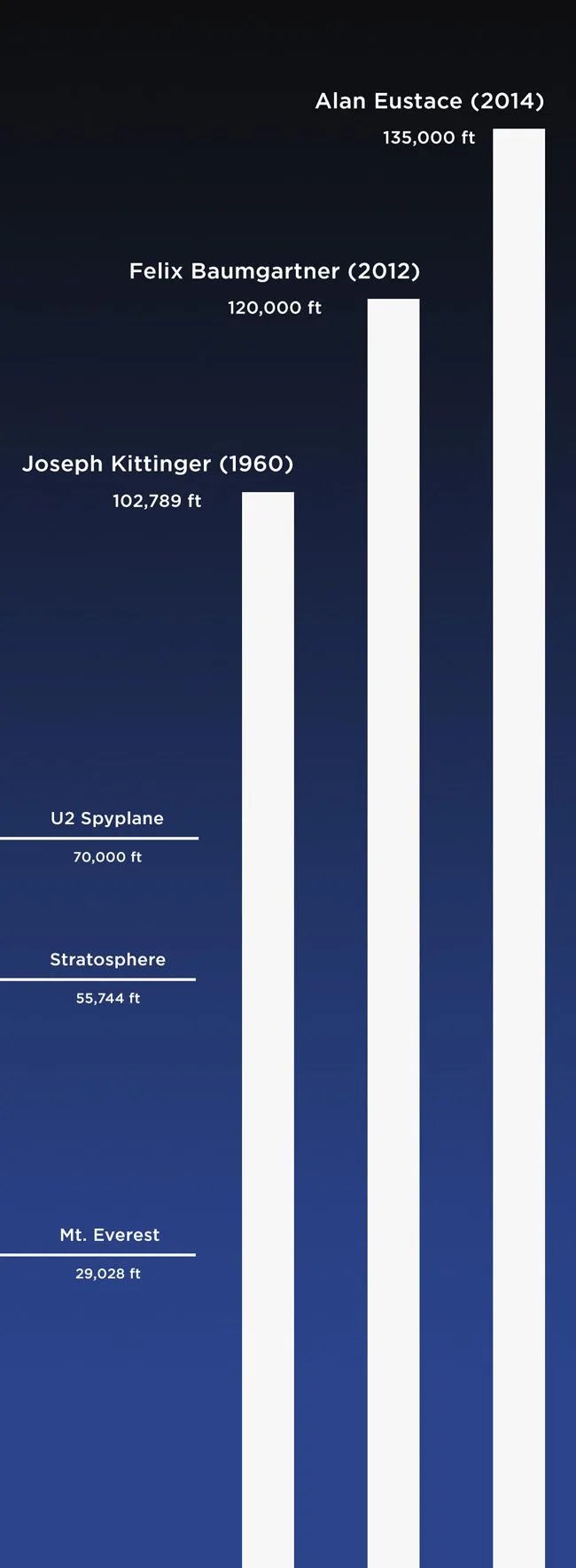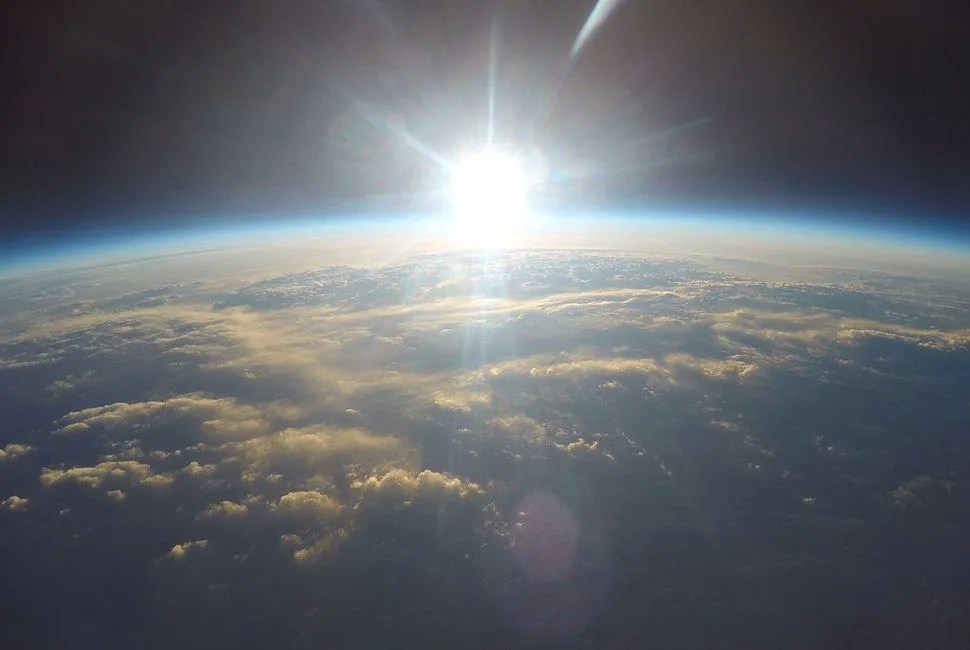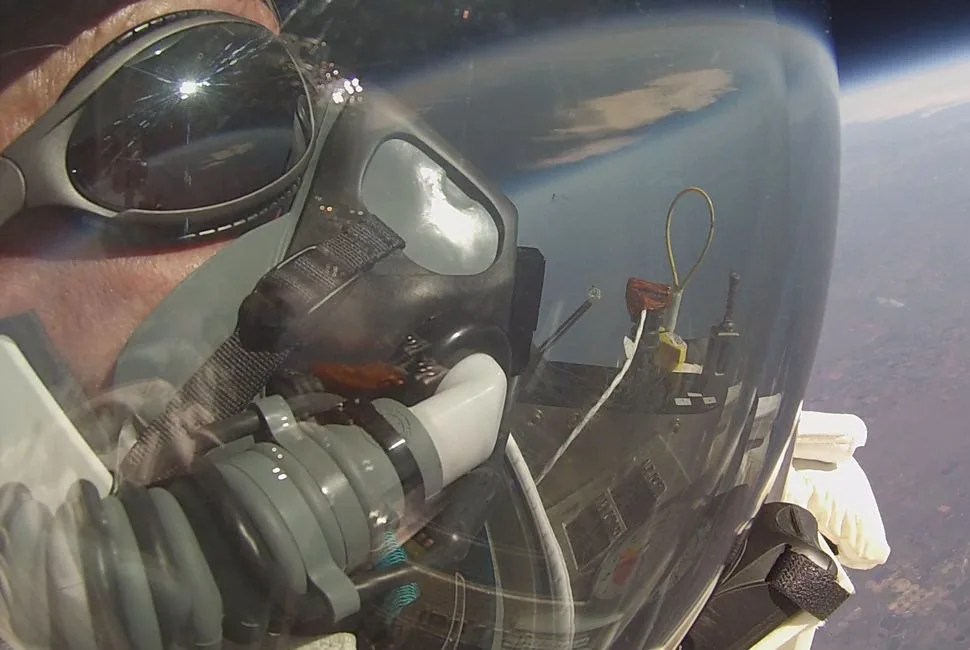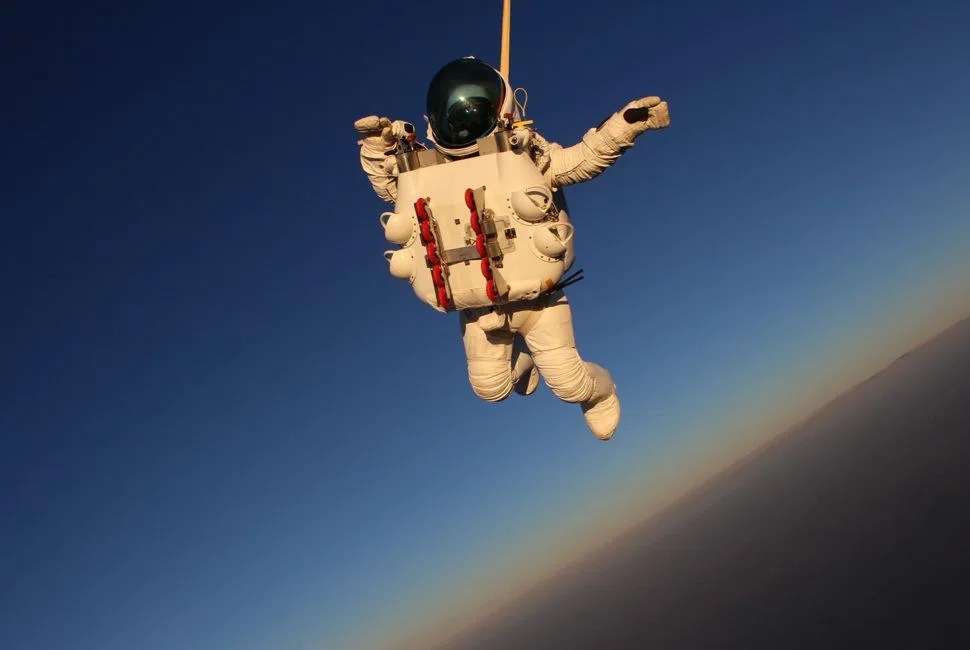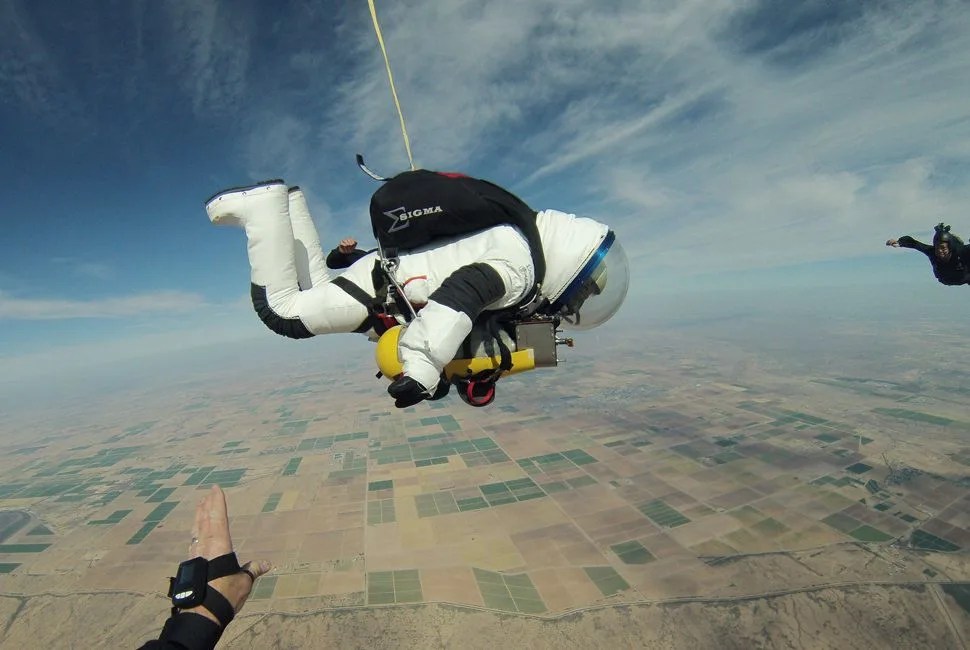On October 24, 2014, Alan Eustace, a 57-year-old former senior vice president at Google, disengaged from a balloon floating 25 miles in the sky. Fifteen minutes later, he landed safely in the desert of New Mexico, having fallen faster than the speed of sound. His feat broke the world record for highest-altitude jump, which had been set only two years prior by Felix Baumgartner.
“First you have to understand, I’m an engineer, a pilot and a sky diver,” said Eustace recently in an interview about the film 14 Minutes from Earth, which follows his record-breaking jump and premiered last month at the Tribeca Film Festival. He was providing the backdrop before launching into his main motivation for undertaking the jump: solving the problem. When Felix Baumgartner jumped, as part of a heavily publicized event, he said, “I know the whole world is watching,” before leaping from the capsule. By contrast, when Eustace jumped, from a height 7,790 feet higher than Baumgartner’s record-breaking jump, he only invited one member of the press.
Besides being completed in secret, the jump was also deceptively simple. Eustace rose 25 miles using a balloon filled with 35,000 cubic feet of helium, wearing a spacesuit specially designed for the trip. No capsules, no door hatch. Just a balloon and a spacesuit. But simple didn’t equate to easy. During the testing phase, the team encountered problems that seemed insurmountable. They had to keep Eustace alive over a wide range of temperatures and pressures, while also giving him the maneuverability to steer himself and land safely. (During the first major test jump, he couldn’t even pull his parachute cord.) Throughout all, he balanced human exploration of what’s above with his responsibility to his wife and child on the ground, who were new to living with a temporary daredevil.
Only now, with the world premiere of 14 Minutes from Earth, a television special, will a wide audience know of his success. We spoke with Eustace about his feat, and what it means for the progression of science and man’s reach into the cosmos.
Q: What motivated you in 2011 to decide to pursue this?
Alan Eustace (AE): It was a problem that I couldn’t let go of… the idea of being in the stratosphere was interesting to me. I really liked having to build the scuba-diving suit of the sky. We had a really interesting take to make it a lot safer and faster, with bigger heights and smaller balloons. It was the problem that sucked me in, and then later on the team and their commitment kept me going.
Q: What’s the value in this kind of pursuit, of reaching into the stratosphere?
AE: First, it’s a place that no one has spent any time on. And it’s actually one of Earth’s more beautiful places. So there’s a scenic value. Scientifically, the next generation of aircrafts that reach supersonic speeds will be traveling in the stratosphere [where air resistance is lower]. One of the drivers for the jump was to show how we could escape from vehicles in the stratosphere — both of the space shuttle accidents happened at altitudes lower than where I was. And the technical problems: How to control spins as you go through the stratosphere? How to pressurize and heat a suit? People thought weather only mattered in the troposphere [closest to Earth]. But now people believe that the stratosphere has an impact on the weathering models. The stratosphere will get more and more accessible over the next decade. This was just the early research.
